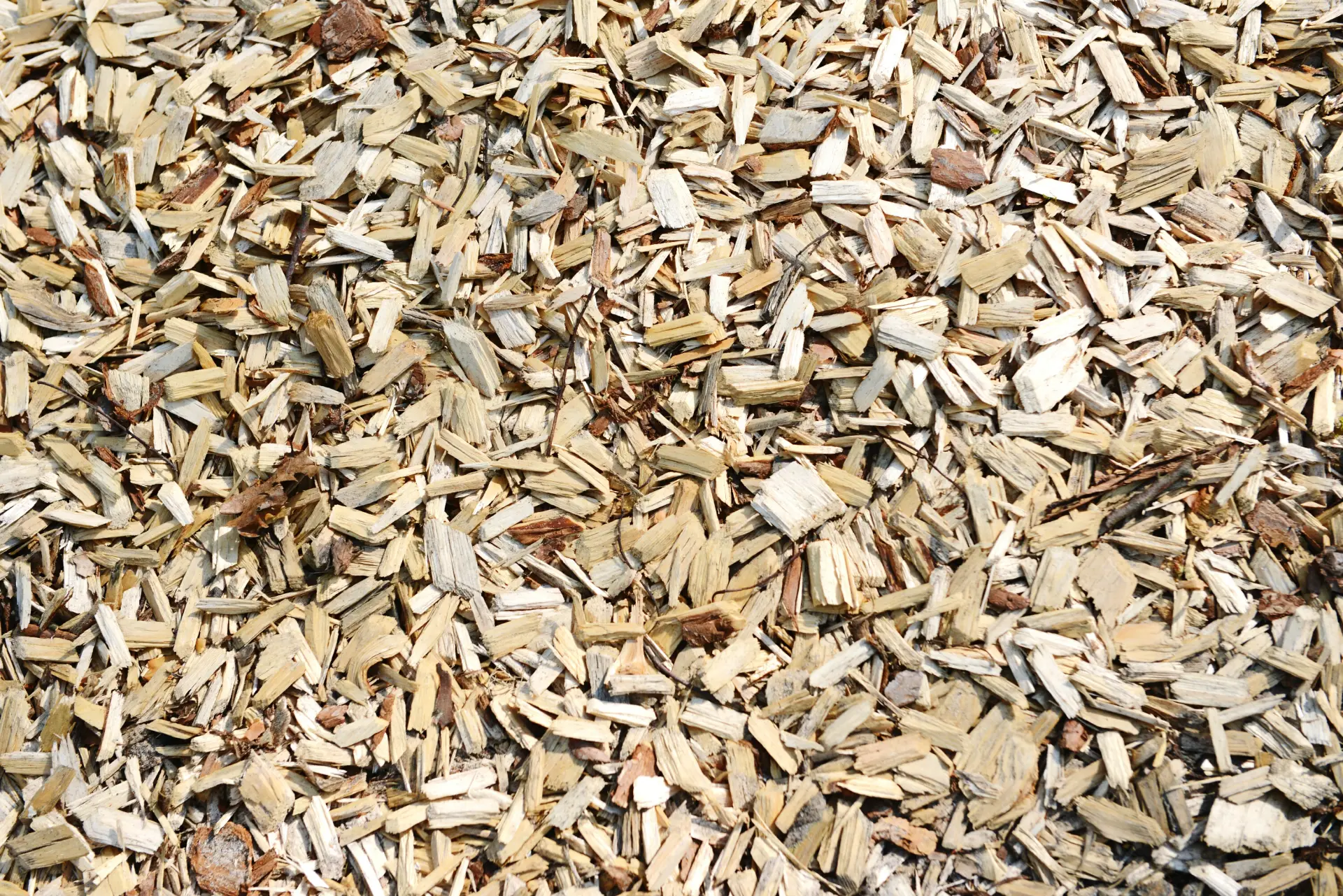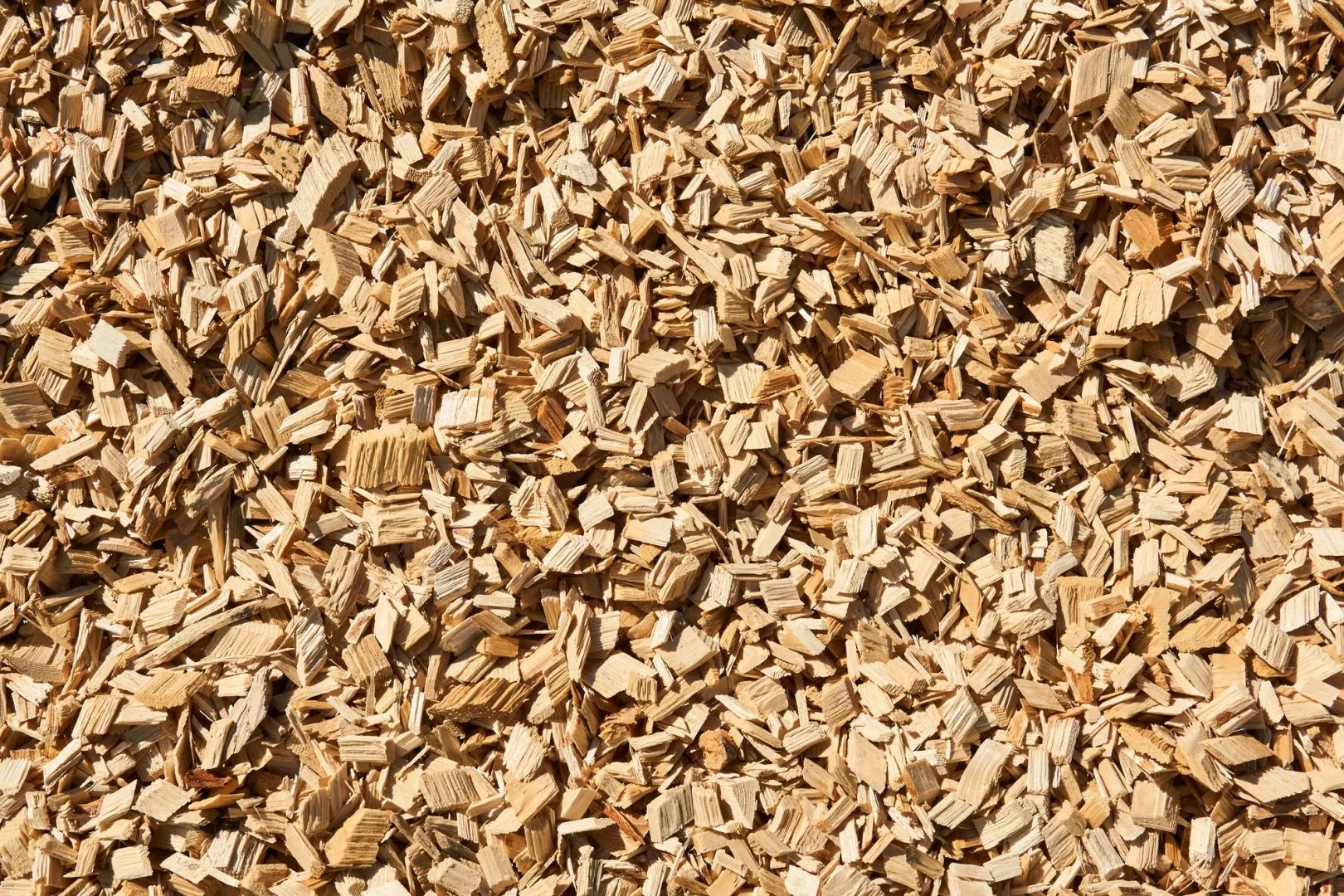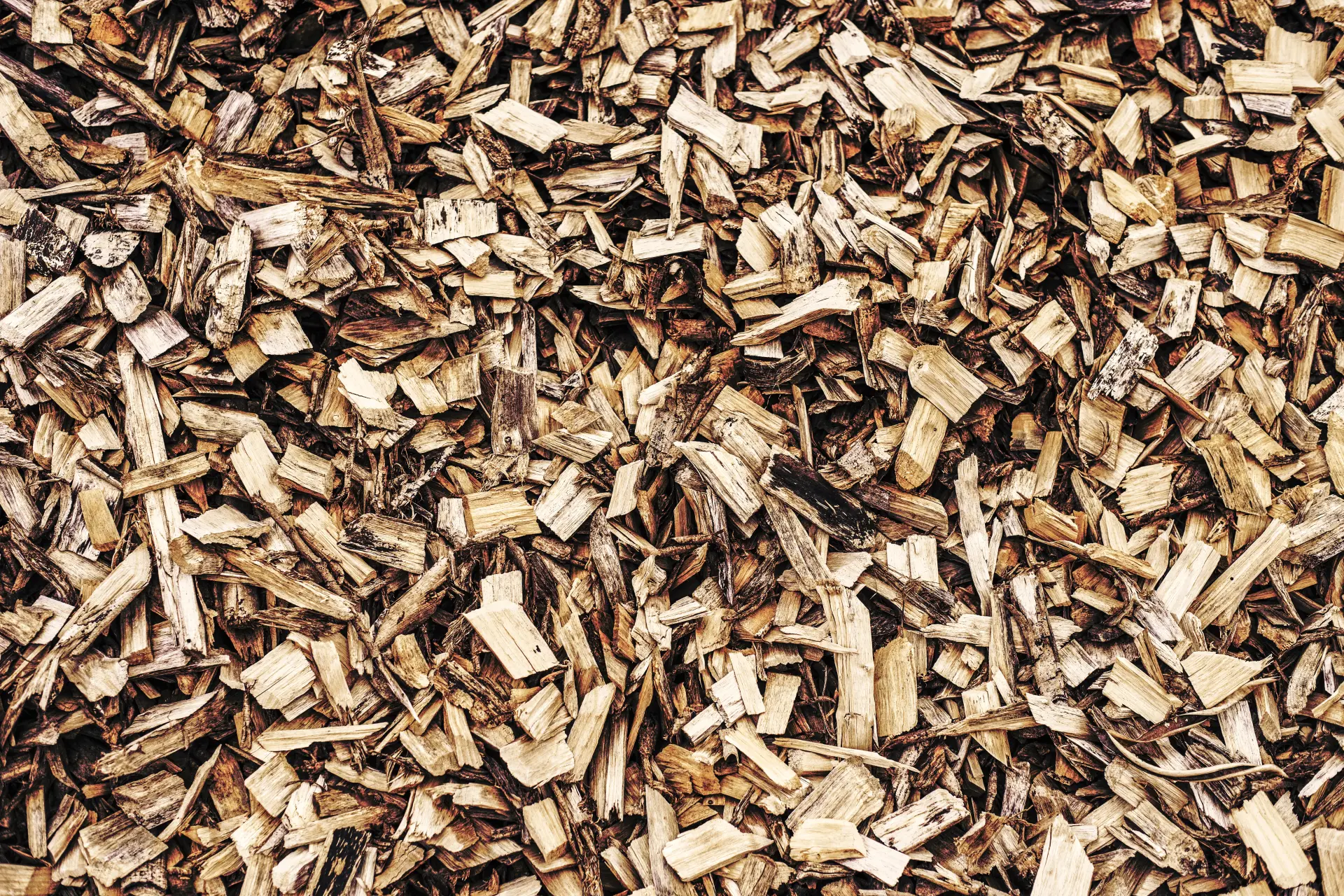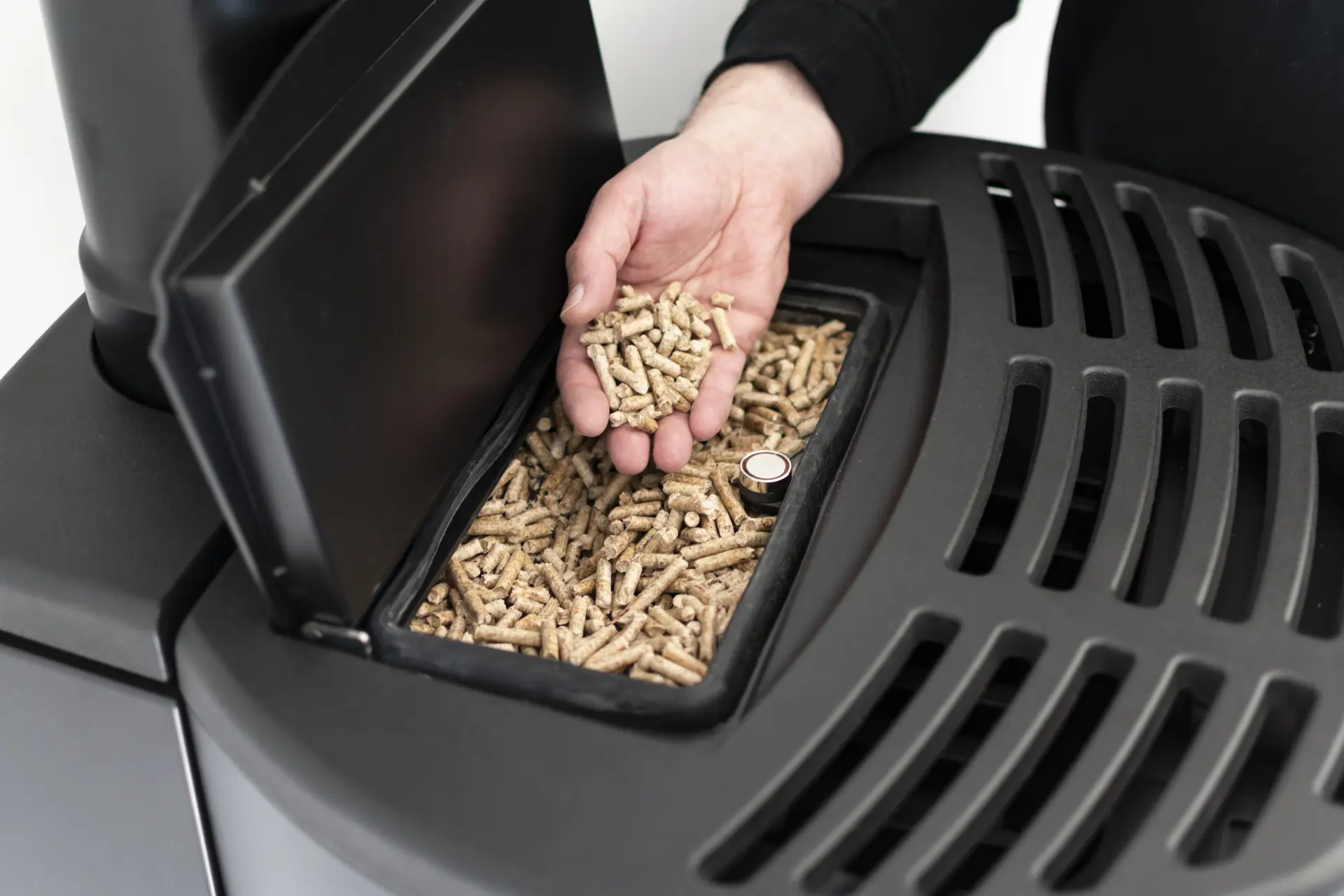Comparing Biomass to Solar Energy
Biomass wood chips and solar energy are both renewable energy sources, but they differ in how they generate power and the long-term benefits they provide. Biomass wood chips are produced from forestry residues, sawmill by-products, and other organic materials, and these chips are burned in boilers or furnaces to produce heat or electricity. Solar energy, on the other hand, harnesses sunlight through photovoltaic panels or solar thermal systems and converts it directly into usable electricity or heat without the need for combustion.
In terms of sustainability, biomass wood chips are more sustainable since they repurpose waste material and woodland trimmings. Biomass wood chips are a consistent and controllable energy source that's unaffected by weather or daylight conditions. However, their long-term sustainability depends on responsible forestry practices and the balance between harvesting and replanting.
In contrast, solar energy is abundant, clean and inexhaustible. Once solar panels are installed, they barely need any maintenance, and they produce no direct emissions. These solar systems have low operational costs, and they can generate power for decades, making them ideal for long-term energy solutions. The main drawback of solar power is the intermittency of sunlight and the need for storage systems or backup sources to ensure there's a stable supply of energy.
Biomass vs Wind Power
Biomass wood chips are made from forestry by-products, sawmill residues, or dedicated energy crops, and these chips are burned in boilers or furnaces to produce heat or electricity. On the other hand, wind power harnesses the kinetic energy that moves air through turbines and converts it into electricity without combustion.

Unlike wind, which fluctuates based on the weather, biomass can be used on demand, making it highly reliable. Biomass also makes use of waste materials, since it repurposes organic waste into usable fuel. However, the sustainability of biomass depends on whether the forest it comes from is managed responsibly. If the woodland isn't managed carefully, wood chip harvesting could lead to deforestation or habitat disruption.
Conversely, wind power is entirely clean since it doesn't produce emissions, doesn't need fuel, and it relies solely on the natural movement of air. Once the turbines are installed, they can generate electricity for decades. However, wind is variable, and the power output will depend heavily on your location and weather.
How Biomass Differs from Hydropower
Biomass fuel is derived from organic materials, and these materials are burned or converted into biofuels to generate heat and electricity. Hydropower, on the other hand, harnesses the movement of water, usually through rivers or reservoirs, to move turbines and create electricity.
One of the strengths of biomass is its flexibility since it can provide energy on demand, regardless of the weather, making it a reliable option for heating systems and plants. However, while it's considered renewable, biomass still releases carbon dioxide into the air during combustion - though this is often balanced out by the carbon that's absorbed during the growth period of plants or trees. The environmental impact of biomass depends heavily on whether it's sourced sustainably and complies with responsible forestry management.
On the other hand, hydropower produces clean electricity without burning fuel or releasing greenhouse gases. Large hydropower plants can generate huge amounts of energy consistently, making hydropower one of the most important renewable sources of energy worldwide. However, hydropower also has its drawbacks, since large-scale projects often require dams and reservoirs, which can disrupt ecosystems, affect fish populations, and displace local communities.
When comparing the two, hydropower is generally the better option since it provides clean and stable energy with minimal emissions, and while biomass is still useful, it still releases carbon into the atmosphere.
Biomass Wood Chip VS Other Biomass Fuels
Biomass comes in many forms, such as wood chips, pellets, agricultural residues and energy crops. While all of these are renewable sources, each one has different qualities that can affect the efficiency, sustainability, and suitability of generating heat and power.
Wood chips are the most used type of biomass fuel, since they act as a reliable and steady fuel source with relatively low processing requirements compared to other biomass fuels. Their larger particle size makes them ideal for medium- to large-scale heating systems, where consistent combustion and energy output are essential. They are also considered sustainable when they are sourced from responsibly managed forests, since they repurpose waste that might otherwise be discarded.

Wood pellets are another common type of biomass fuel, and they are more refined and have a higher energy density than wood chips. This makes them easier to transport and store, as well as more efficient for smaller-scale heating systems. However, wood pellets need more processing, which can increase your costs and energy inputs.
Energy crops, like miscanthus or switchgrass, can be grown specifically for biomass fuel, but their production process requires land, water, and resources that could otherwise be used for food crops or natural habitats.
In terms of performance, biomass wood chips are often the best due to their efficiency, availability and sustainability. They are less processed than pellets, more reliable than agricultural residues, and more environmentally responsible than large-scale energy crop plantations. While wood pellets can be better for small domestic systems, wood chips are often the more practical and sustainable choice.
We supply high-quality biomass wood chips that can be used as a renewable, sustainable fuel source for your heating and energy needs. Our wood chips are sourced responsibly from forestry by-products in order to reduce our reliance on fossil fuels and support a cleaner, safer environment.





